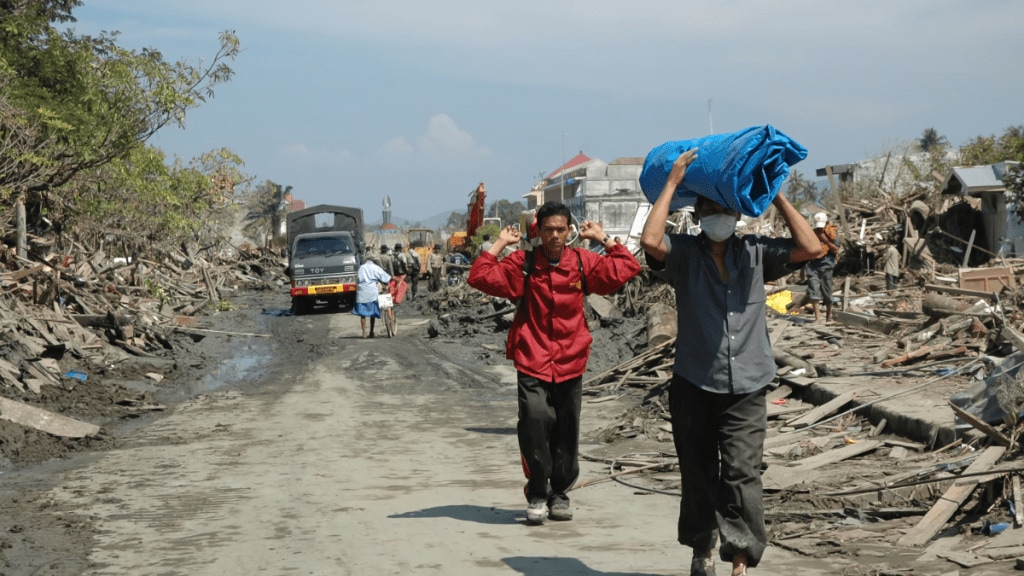By Ashok Gulati and Ritika Juneja
As Prime Minister Narendra Modi completes 11 years in office, it’s time for taking stock of his government’s major achievements at the macro level, and what challenges lie ahead. For comparison, we also look back at the record of the United Progressive Alliance (UPA) government from 2004 to 2014.
In 2014, when PM Modi assumed office, India’s nominal GDP stood at $2.04 trillion, up from $709 billion in 2004 when the UPA came to power. This was a jump of 2.8 times in 10 years. By 2025, India’s economy is likely to be $4.19 trillion, almost doubling in 11 years. It will make India the fourth-largest economy globally. Yet, nominal GDP in US dollars tells only a part of the story. A more appropriate gauge to measure economic welfare of the people will be to look at GDP and per capita income in purchasing power parity (PPP) terms — what a US dollar can buy in that country — within which India’s progress has been remarkable: from $2.75 trillion in 2004, $6.45 trillion in 2014, and soaring to $17.65 trillion in 2025. This positions India as the world’s third-largest economy in PPP terms, behind China ($40.72 trillion) and the US ($30.51 trillion).
However, national aggregates can obscure individual well-being. Evaluating people’s welfare and quality of life requires per capita income in PPP terms, which, for India, rose from $2,424.2 in 2004 to $4,935.5 in 2014, and now stands at $12,131.8 in 2025. However, despite this progress, India still ranks the lowest among G20 countries in both dollar ($2,878) and PPP terms ($12,131.8), and is only ahead of Pakistan ($6,950.5) and Bangladesh ($10,261.1) among its neighbours.
These macroeconomic milestones are indeed impressive. But there is always one question associated with such macro trends — how far does this inclusive growth go? The Gini coefficient, a measure of income inequality, has exhibited only modest shifts over the past two decades. In 2004, it was 0.34, in 2014 it edged up slightly to 0.35, and it dropped to 0.33 in 2021, indicating moderate inequality in India (as per the World Bank).
For inclusive growth, the performance of agriculture — employing the largest share of the workforce (46.1% in 2023–24, according to the Periodic Labour Force Survey [PLFS]) — is crucial. Despite consecutive droughts in 2014-15 and 2015-16, agricultural GDP under Modi’s tenure grew at an average annual rate of 4% (FY15-FY25), surpassing the UPA’s 3.5% (FY05-FY14), which also suffered a major drought in 2009-10. On the welfare front, the Modi government has spent a lot to uplift the poor and farming community — from almost free basic staples (rice or wheat), to subsidised housing, supporting farmers with PM-KISAN, and almost a freeze on urea prices, etc. All this has led to a sharp reduction in extreme poverty (head count ratio) at $3 per day (2021 PPP) — from 27.1% in 2011 to just 5.3% in 2022. This marks one of the fastest and most significant drops in poverty of 80% — more than what India achieved in any period since 1977. Even when measured against the higher poverty line threshold of $4.20/day for low middle-income countries, poverty had dropped from 57.7% in 2011 to 23.9% by 2022, representing a steep 60% decline in just a decade (see graphic). This unprecedented acceleration in poverty reduction is one of the biggest achievements of the Modi government on the economic front.
With poverty levels now at historic lows, there may be a need to revisit some of the major policies to plug loopholes and promote efficiency and sustainability. We look at food and fertiliser subsidies, as they claim the largest resources in the agri-food space and yet give sub-optimal results.
The food subsidy budget for FY26 is slated to be Rs 2.03 lakh crore. India is giving free food (rice or wheat, 5kg/person/month) to more than 800 million people. When extreme poverty has fallen to just 5.3%, there is a need to rationalise this by giving them food coupons (digital wallet) to buy more nutritious food from designated stores. The value of food coupons for the bottom, say 15% of population, could be Rs 700/family/month, and this amount can reduce to `500/family/month for those who are higher up in the income category. This will help plug leakages, diversify diets, promote nutrition, and diversify the production basket.
Similar rationalisation is needed for the fertiliser subsidy, which claims another `1.56 lakh crore in FY26. With coupons, they can either buy chemical or bio-fertilisers or partake in natural farming, etc. The imbalanced use of nitrogen, phosphorus, and potassium can be corrected. Leakages can be plugged and innovations in products and practices can be promoted, given the government deregulates this sector. The Modi government can harvest rich dividends in terms of saving financial resources, higher efficiency in the use of fertilisers, lesser dependence on imports, and lesser environmental degradation. But it would need good preparation, as identifying tenant farmers requires the triangulation of several sets of data, communicating with farmers in advance, and earning their trust. This is a political exercise which must precede the change in policy. And no one else is a better communicator in political sphere today than the PM himself.
The writers are respectively distinguished professor and research fellow at ICRIER.
Disclaimer: Views expressed are personal and do not reflect the official position or policy of FinancialExpress.com. Reproducing this content without permission is prohibited.


